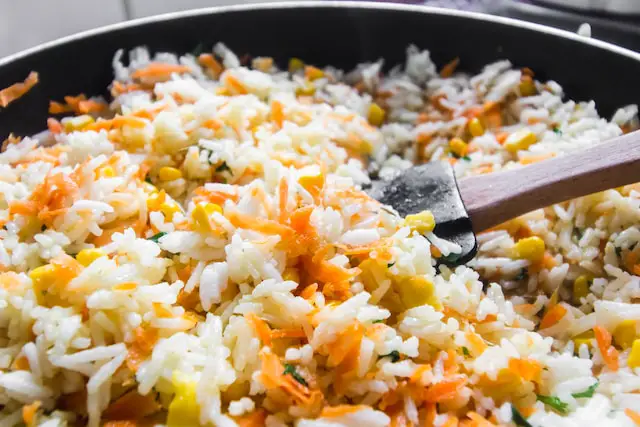Tips from an Expert Rice Aficionado to Ensure Perfectly Clean and Delicious Rice
Cooking rice may seem like a simple task, but to achieve a delectable and wholesome dish, proper preparation is essential. To prepare rice properly and reduce the risk of arsenic exposure, follow these guidelines:
1. The Importance of Rinsing Rice
Rinsing rice is a crucial step that ensures cleanliness and enhances the final texture of the cooked rice. It removes starch, impurities, and various unwanted elements such as dirt, dust, debris, chemicals, and even bugs. Rinsing is particularly important for reducing the risk of arsenic exposure, a concern in certain rice varieties.
2. Rice Washing Quantities
The quantity of rice you are washing determines the number of times you should rinse it. Follow these recommendations for different rice quantities:
- Four to Seven Cups: For smaller quantities of rice, wash it three times. The triple wash method helps to remove starch and impurities effectively.
- More Than Eight Cups: If you are washing more substantial amounts of rice, four washes are recommended. Washing it one extra time ensures thorough cleaning.
3. Rice Variety Matters
The type of rice you are preparing plays a role in how many times you should rinse it. Different rice varieties have varying levels of starchiness and impurities, requiring specific rinsing techniques for optimal results.
- Japanese Short Grain Rice: This variety should be rinsed until the water is clear, which typically takes around three times of gentle stirring. Achieving clear water indicates the removal of starch, and it guarantees a clean and delightful final texture.
- Basmati Rice: For Basmati rice, follow a washing routine of three to five times. This variety may have more starch content, so a few extra washes help to achieve the desired cleanliness and texture.
- Medium-Grain Rice: Medium-grain rice usually requires two to three washes. The exact number of washes depends on the individual rice’s characteristics, so feel free to adjust according to your preference.
4. How to Wash Rice Properly
Washing rice correctly is just as important as the number of times you do it. To ensure the best results, follow these steps:
- The Claw-Shaped Hand Motion: To wash rice thoroughly, use a claw-shaped hand motion. Gently rub the grains between your fingers while allowing the water to remove impurities effectively.
- Swirl the Rice: Swirl the rice in the water while washing it. This helps to dislodge any stubborn dirt or unwanted particles, ensuring that your rice is impeccably clean.
5. The Impact of Arsenic Levels in Rice
Arsenic levels in rice can vary significantly based on the region, rice type, and cooking method. To reduce arsenic exposure, experts recommend pre-washing rice. Additionally, incorporating a variety of grains into your diet can further mitigate the potential risks associated with consuming high levels of arsenic.
6. The Consequences of Skipping the Rinse
Failing to rinse rice before cooking can result in residual starch gelatinizing during the cooking process, leading to a sticky and less appealing texture in the cooked rice. Properly rinsing the rice ensures that each grain remains separate and fluffy, making for a much more enjoyable dining experience.
In conclusion, washing rice before cooking is a vital step that guarantees clean and delicious results on your plate. The number of times you should rinse the rice depends on the quantity and type of rice you are using. By following these expert guidelines, you can ensure that your rice dishes turn out perfect every time, with the added benefit of reducing potential arsenic exposure. So the next time you’re in the kitchen preparing rice, remember to rinse it thoughtfully to savor the full potential of this versatile and cherished grain.
